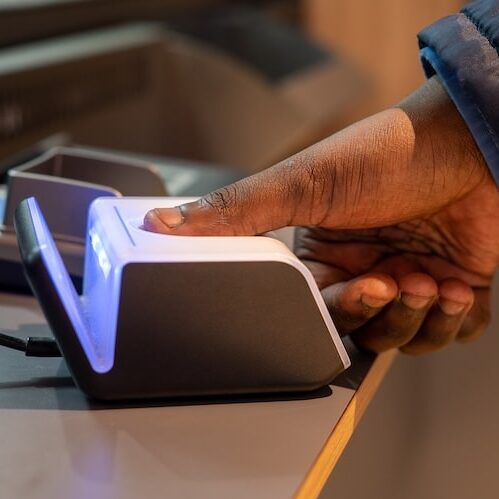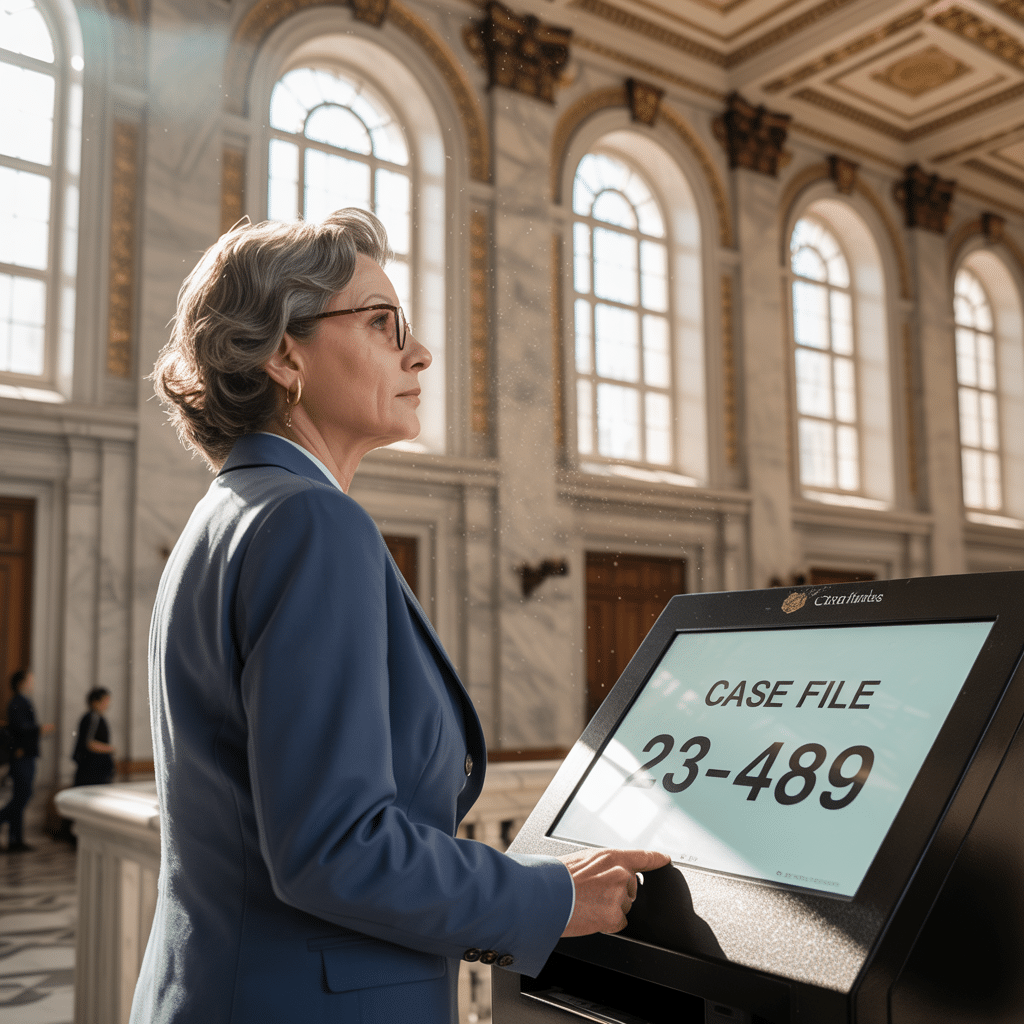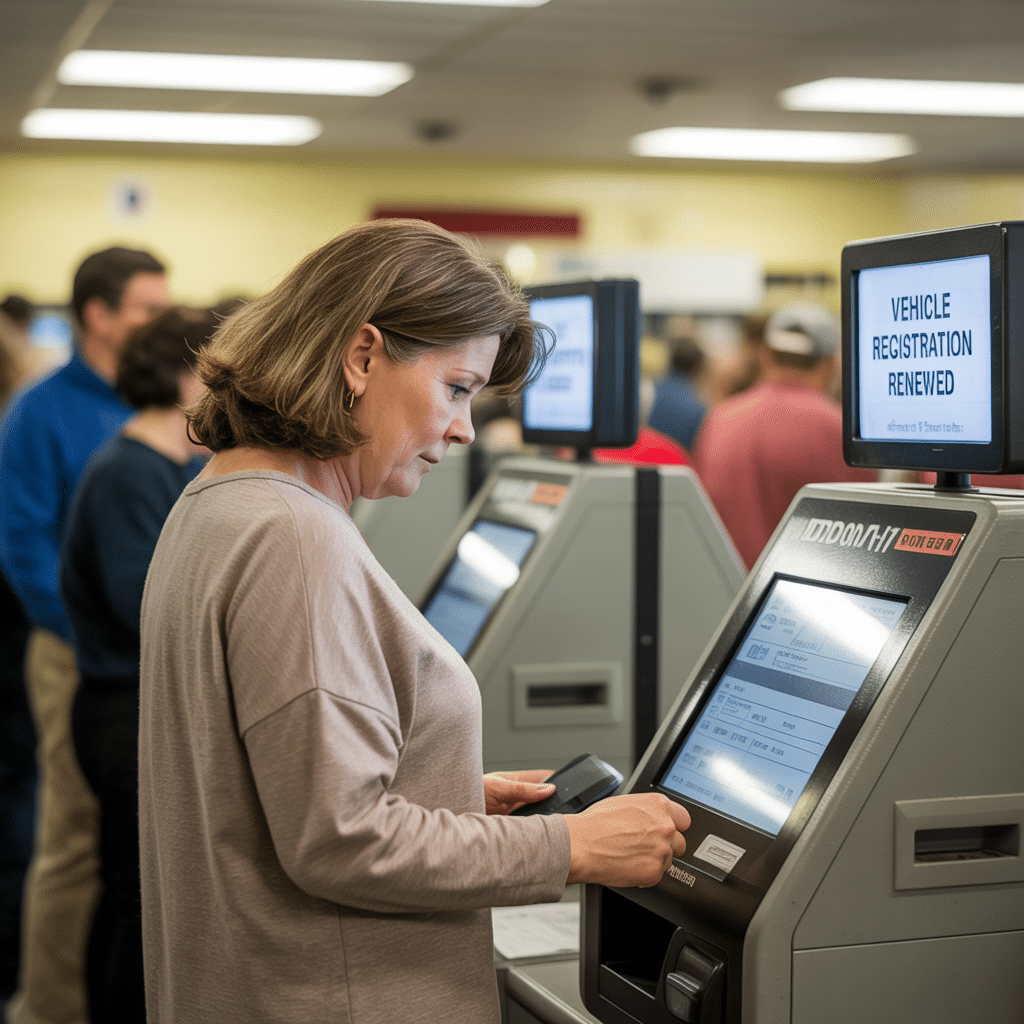Walk into any government office—from the DMV to a county courthouse—and chances are, you’ll find long lines, stacks of forms, and staff overwhelmed by routine tasks. But increasingly, one quiet piece of technology is changing that: the self-service kiosk.
What began as a tool for printing registration stickers or paying parking fines has evolved into a powerful platform for delivering complex services quickly, securely, and without requiring face-to-face interaction. Today’s government agency kiosks do more than streamline services—they’re reimagining how government can meet people where they are.
From High-Traffic Offices to 24/7 Access Points
From local to federal, government agency kiosks are already handling a wide range of tasks. For DMVs, they’ve become indispensable—offering residents an easy way to renew a license, update their address, or pay fees without waiting for a counter to open. In courthouses, they help people check court dates, pay citations, or access public legal records. In correctional facilities, kiosks allow inmates to submit commissary orders, schedule visitation, or file grievances.
And they’re not just replacing people—they’re improving the experience for everyone involved. Staff are freed from repetitive, time-consuming duties. Citizens can handle their business quickly, privately, and without the need to take time off work. With 24/7 access in locations like libraries, transit stations, and retail stores, kiosks bring essential services closer to the communities that need them most.
What Makes Today’s Government Agency Kiosks Different?
Unlike older models that required manual inputs or limited interaction, today’s government kiosks are built with intelligent automation and integrated technology. Many offer:
• Biometric enrollment using facial, fingerprint, or iris scans for identity verification
• Document scanning for passports, licenses, and application materials
• Secure payment processing and real-time database integration
• Multilingual support and ADA-compliant designs for greater accessibility
• Rugged enclosures for both indoor and outdoor deployments

In high-security environments like border control and customs, kiosks speed up traveler processing while reducing the burden on agents. At ports of entry, kiosks scan travel documents, capture biometrics, and automate customs declarations—letting officers focus on more complex or high-risk situations.
From Compliance to Connection
As the technology matures, government agency kiosks aren’t just for transaction processing—they’re platforms for equitable access.
Imagine a kiosk in a community center where a resident can:
• Renew their SNAP benefits
• Apply for rental assistance
• Schedule a court date
• Print a birth certificate
• Pay a water bill
• Upload documents for a permit
All without needing to visit five different offices or understand five different workflows.
By enabling these interactions through simple, guided interfaces, kiosks help level the playing field—especially for individuals with limited internet access, mobility challenges, or complex personal situations.
Innovation in Action: Use Cases That Are Shaping What’s Next
Some of the most promising developments in government agency kiosks are happening where digital tools and human-centered design intersect:
• AI-powered eligibility screeners can guide users through benefit options based on a few natural-language questions.
• Telepresence kiosks allow users to speak with a remote assistant via secure video, blending automation with real-time support.
• Modular kiosk hardware enables a single base unit to support different use cases over time—like license renewals one month and maybe voter registration the next.
These innovations transform kiosks into adaptive infrastructure that can respond to the evolving needs of the public sector.
What’s Coming Next? Thought-Provoking Opportunities for Government Agency Kiosks

The most exciting part of this evolution may be what lies just ahead. Here are some forward-looking ideas already being piloted—or waiting for the right agency to test them:
1. Kiosks as Digital ID Hubs
Citizens could use a secure, biometric profile to log in at any government kiosk and instantly access their full set of services—from healthcare to housing to public transit subsidies. Think of it as a public-sector “single sign-on” that makes managing your life easier, not harder.
2. Community Input & Feedback Stations
Install kiosks in libraries, municipal buildings, or other high-traffic areas to make it easier for residents to share feedback on local services, provide input on upcoming projects, or respond to brief surveys. These kiosks offer a convenient, accessible way for communities to stay informed and participate in shaping public programs—no app or internet access required.
3. Deployable Mobile Kiosks
Outfitted with solar panels and rugged construction, mobile kiosks could be deployed during emergencies, public events, or census campaigns to offer location-specific services—from FEMA aid applications to on-site voter registration.
4. Community Wayfinding & Resource Matching
A kiosk could serve as a “digital caseworker” that connects people to services they may not even know exist. For example, someone applying for unemployment could also get information about local food banks, training programs, or childcare subsidies.
These are logical extensions of technologies Olea and others are already delivering in the field.
Why Now?
Staffing shortages, infrastructure constraints, and rising public expectations are all putting pressure on government to deliver better services without growing budgets. Government agency kiosks do more with less by:
Automating high-volume, low-complexity tasks
• Extending service hours without increasing personnel costs
• Extending service hours without increasing personnel costs
• Freeing staff to focus on more complex or sensitive needs

More importantly, kiosks signal a shift in mindset—from making citizens fit into government processes, to making government accessible on citizens’ terms.
A Platform for Public Service
Self-service kiosks may not be the flashiest part of digital transformation, but they’re one of the most practical—and powerful—ways to bring better government to more people. They don’t require an app download, a computer, or a lot of digital fluency. They just require a need, a location, and a thoughtful design.
And with modular capabilities, rugged durability, and integration with systems from licensing and courts to benefits and border control, kiosks are poised to become one of the most important tools for digital transformation.
As government services continue to modernize, the real opportunity isn’t just about automation—it’s about transformation.
What friction can we eliminate from the citizen experience?
• Which communities have we unintentionally left behind—and how do we reach them now?
• Which communities have we unintentionally left behind—and how do we reach them now?
• How do we design access points that are even more efficient?
Because the future of government service isn’t behind a desk—it’s wherever people need it.
And increasingly, that means a well-designed, well-placed kiosk. If your agency is considering a self-service kiosk project, connect with us today to learn how Olea can help with your deployment.


